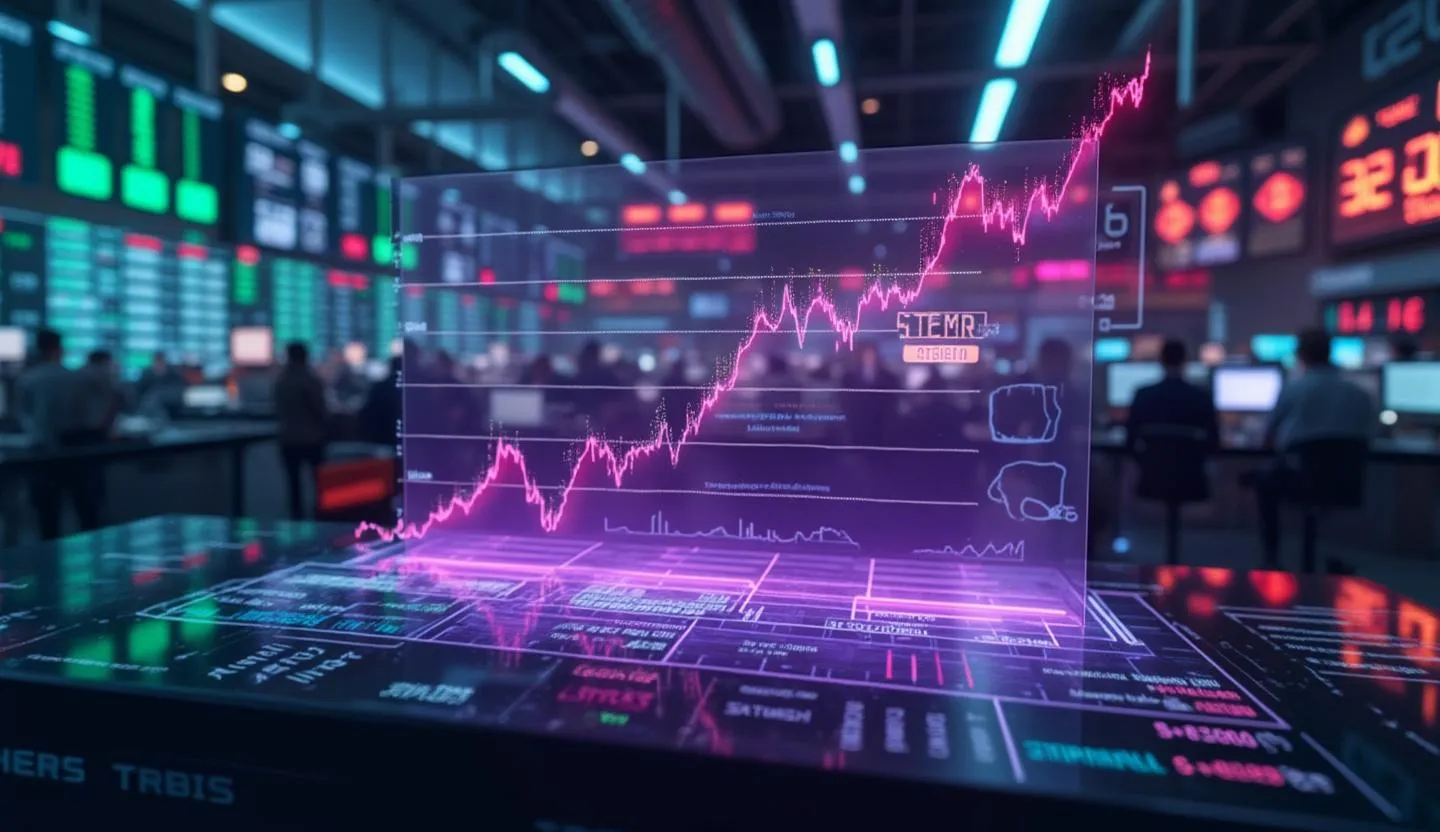RTX Corp: Navigating Opportunities Amidst High Expectations
Analyzing RTX's Position in the Defense and Aerospace Sectors
As the landscape of global defense and commercial aerospace continues to evolve, RTX Corporation, formerly known as Raytheon Technologies, stands at a pivotal juncture. With a substantial $236 billion backlog and burgeoning opportunities in defense modernization and commercial aerospace, RTX presents a compelling case for investors. Yet, the current market valuation and cash flow dynamics necessitate a nuanced approach to investing in this industry giant.
Key Takeaways:
RTX Corp. boasts a substantial backlog, indicative of strong demand across defense and commercial aerospace sectors.
Despite robust growth drivers, the company's premium valuation and negative free cash flow growth present challenges.
A strategic approach to investing in RTX involves waiting for market corrections or phased accumulation.
The Backdrop of Growth and Demand
Industry Tailwinds and Strategic Positioning
RTX Corp. has strategically positioned itself to capitalize on two significant industry trends: rising global defense budgets and the resurgence of commercial air travel post-pandemic. These trends are reflected in the company's extensive backlog, which provides multi-year visibility into revenue streams. The dual-pronged growth strategy, leveraging both defense and commercial sectors, places RTX in a unique position to benefit from sustained demand.
"RTX's diversified revenue model ensures resilience against sector-specific downturns, making it a formidable player in both defense and commercial aerospace markets."
Financial Performance and Market Sentiment
Comprehensive Financial Snapshot
Examining the company's financials reveals a complex picture:
Revenues for 2025 stand at an impressive $387.7 billion, underscoring the scale of RTX's operations.
Net Income is substantial at $23.6 billion, indicating profitability amidst industry tailwinds.
Operating Cash Flow remains robust at $33.8 billion, although the Net Cash Flow is negative due to significant investments and financing activities.
The balance sheet shows a solid equity base of $707.8 billion, yet the high debt level of $125.8 billion and significant intangible assets warrant careful monitoring.
Market Valuation and Investment Sentiment
RTX's stock is trading at a premium, with a price-to-earnings ratio exceeding 26 times the 2026 EPS estimates. This high valuation reflects optimistic market expectations, fueled by the company's strategic initiatives and industry position. However, recent guidance on potential risks, such as tariffs and tax law changes, suggests a cautious stance is prudent.
Navigating Risks and Opportunities
Strategic Investment Approach
Given RTX's current valuation and market conditions, a strategic investment approach is advisable. Investors should consider:
Phased Accumulation: Gradually building a position in RTX can mitigate exposure to market volatility and high valuation risks.
Wait for Dips: Market corrections or pullbacks present opportunities to acquire shares at more attractive price points.
Technical and Dividend Insights
Technical indicators show that RTX has experienced overbought conditions, signaling potential caution for short-term investors. However, the company's stable and growing dividend yield enhances its appeal for long-term holders seeking income stability.
Conclusion: Balancing Growth with Prudence
RTX Corp.'s robust fundamentals and strategic positioning in high-demand sectors make it an attractive candidate for long-term growth. However, the current market valuation and financial dynamics suggest that investors should exercise patience and strategic foresight. By focusing on phased accumulation and waiting for opportune market conditions, investors can effectively balance exposure to RTX's growth potential with prudent risk management. As RTX continues to navigate industry trends and market expectations, staying informed and adaptable will be key to capitalizing on its opportunities.

.svg)
.svg)
.svg)
.svg)

.svg)

.svg)
.png)
















